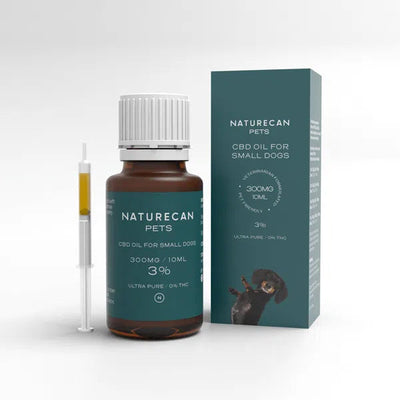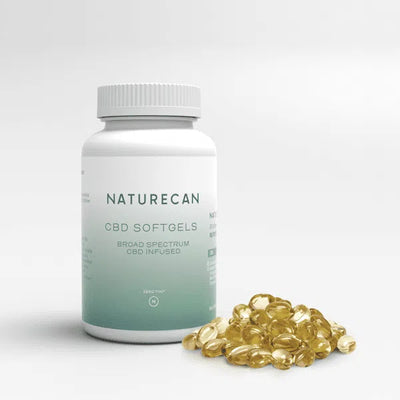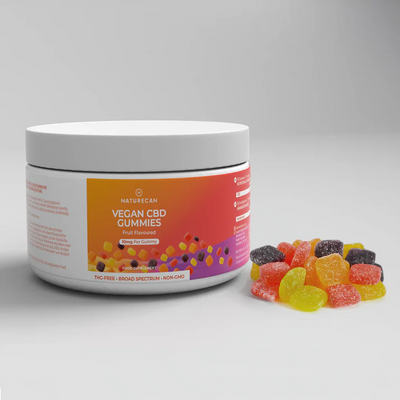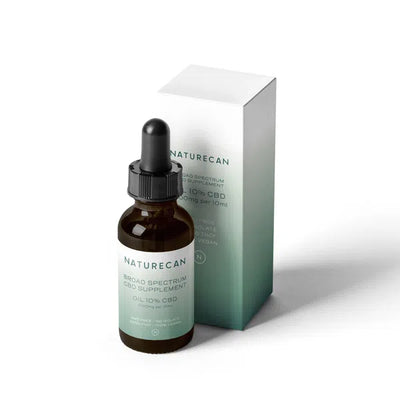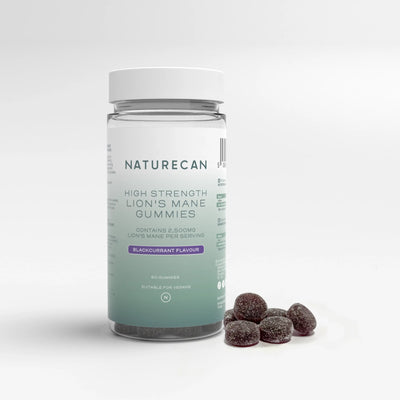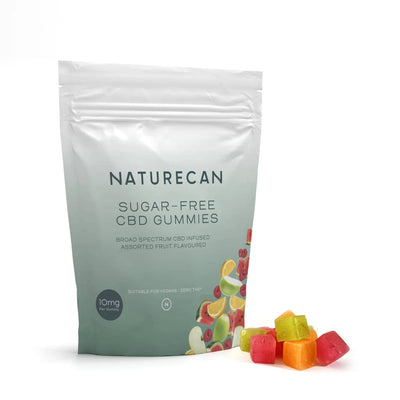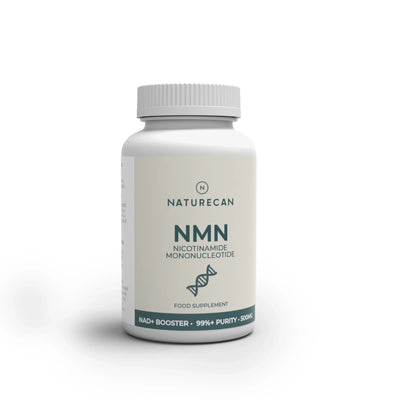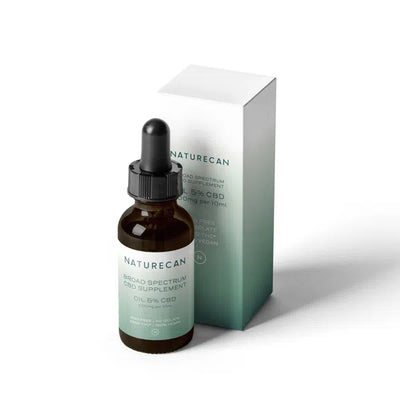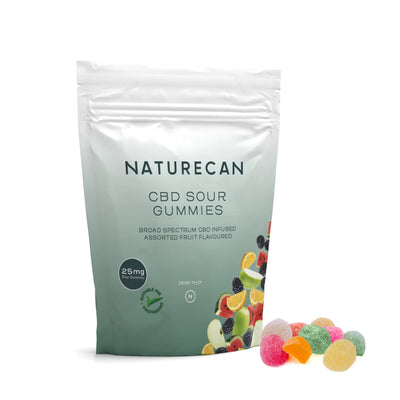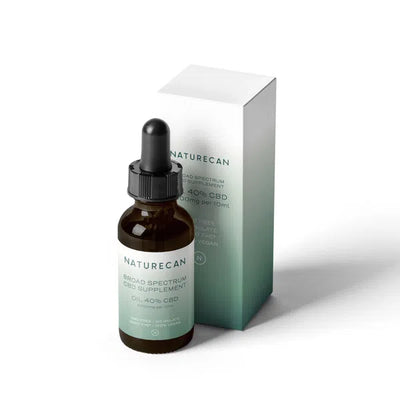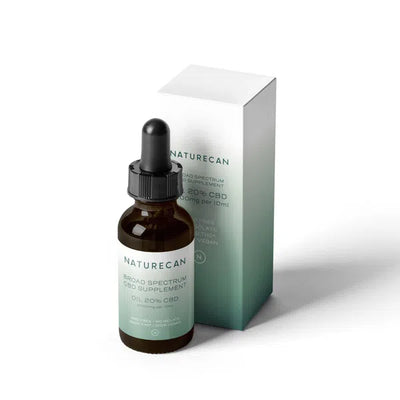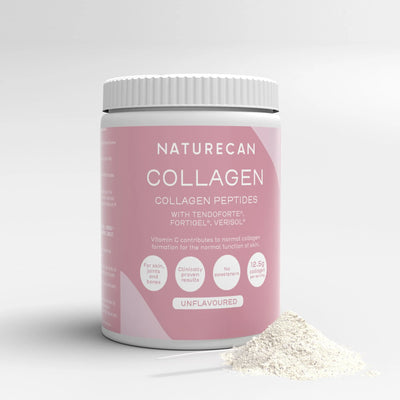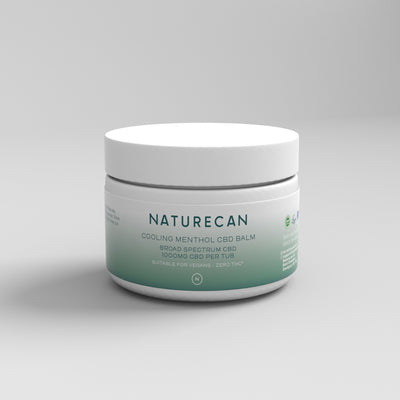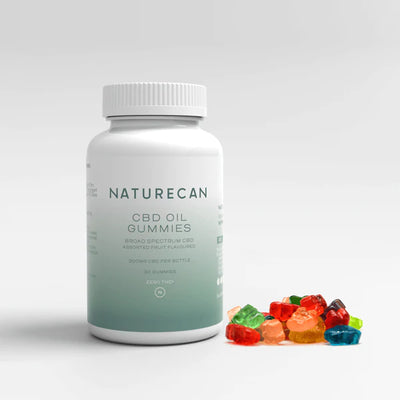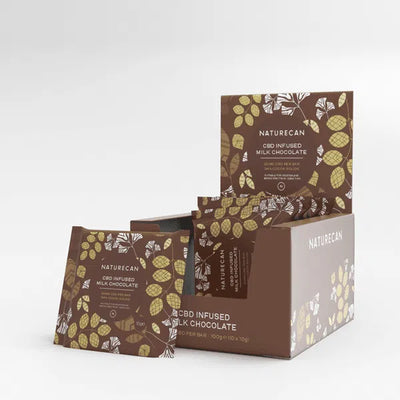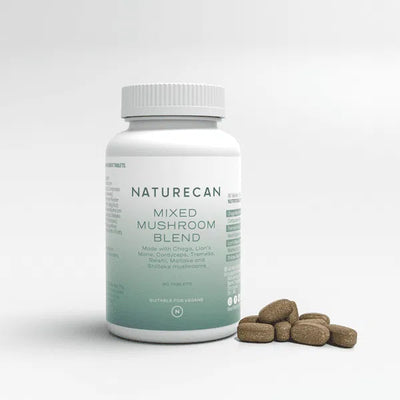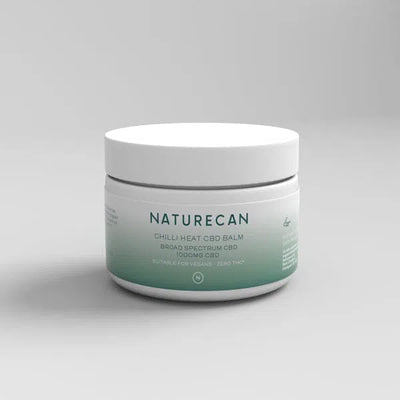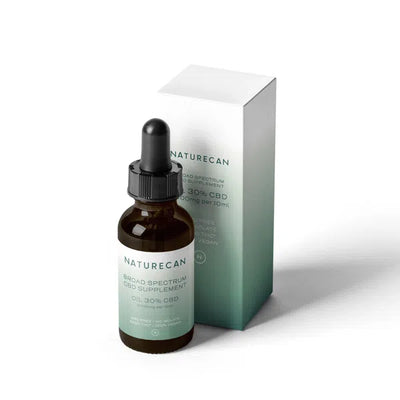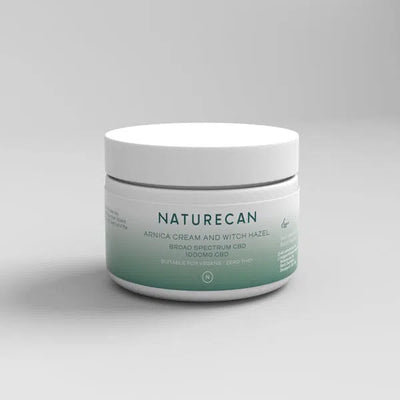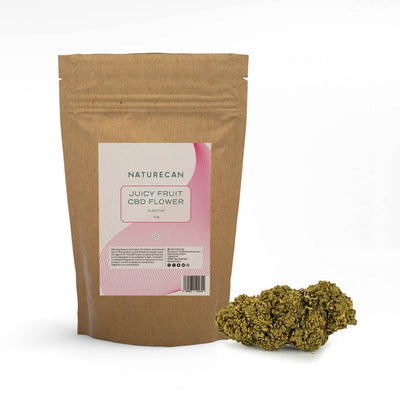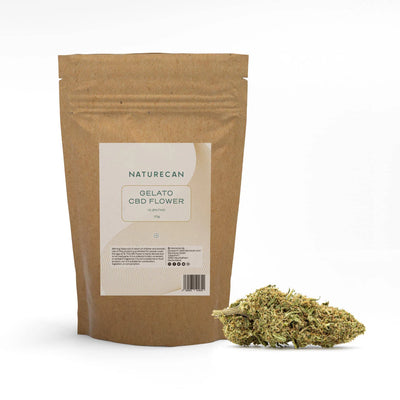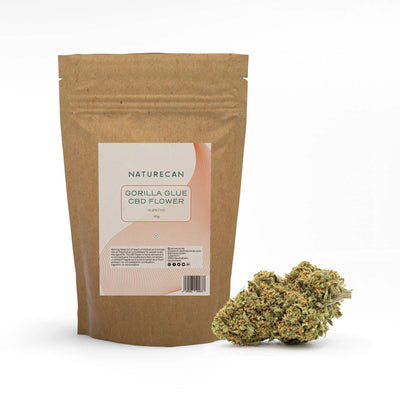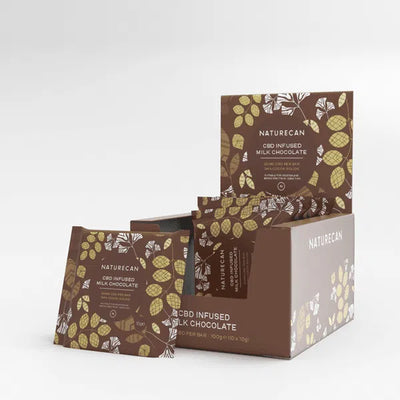TRAINING & INFLAMMATION: CAN CBD HELP PREVENT INJURIES?
For many of us, keeping fit is a huge part of our lives. And with it comes that expected level of next-day soreness. This is a natural recovery response and promotes improved conditioning but can also be a warning sign of injury. The key is understanding how to maintain a balance and keep your body performing at its best.
WHAT IS INFLAMMATION?
Inflammation is a natural process within the body that utilises white blood cells and other substances to attach itself to any damage, usually caused by bumps, cuts or scrapes, to begin repairing it. 1 The inflammation also allows blood vessels to open up so adequate blood can reach the affected areas, forming a blood clot to heal damaged tissue, as well as triggering pain as part of the healing process. Chemicals known as cytokines are also released by the damaged tissue. The cytokines act as "emergency signals" that bring in your body's immune cells, hormones and nutrients to help fix any related issues.2
However, in the case of being active, whether it’s a heavy weights session, long run, gruelling bike ride, and any sport or activity in-between, the inflammation here is caused by tiny, microscopic tears in your muscle fibres. Your body responds to this damage by increasing inflammation, which may lead to the dreaded (but equally beneficial) DOMS.3
WHAT IS DOMS?
Delayed Onset Muscle Soreness (DOMS) is the pain we feel the day (and sometimes many days) after any kind of intense exercise. This isn’t the soreness you feel during or straight after exercising – that’s simply acute muscle soreness due to the build-up of lactic acid, and this soon disappears shortly after you finish. DOMS symptoms typically occur up to at least 12 to 24 hours after a workout. The pain tends to peak about one to three days after your workout, and then should ease up after that.4
Symptoms include muscle tenderness, swelling, short-term loss of muscle strength, and reduced range of motion due to stiffness. Although part of the process that helps to promote functional changes with your body, such as muscle strength, growth and conditioning, DOMS can seriously disrupt your training schedule and could potentially leave you sidelined if these aches and strains are aggravated further. So, what options are there for helping reduce this inflammation to keep your training on track?

ALTERNATIVE TO NSAIDS
Non-steroidal anti-inflammatory drugs are the most common way that people address pain, reduce a high temperature, and tackle inflammation within the body. This includes relieving the symptoms of many movement-related injuries including sprains, strains and general soreness. NSAIDs work by blocking the enzyme cyclooxygenase, which produces prostaglandins, a hormone-like substance that promotes inflammation.5
Although a popular choice to help combat DOMs and other performance-related pain, NSAIDS such as aspirin and ibuprofen have a number of well-documented, negative side effects, including dizziness, heartburn, gastrointestinal distress, and hypersensitive effects. This makes these over-the-counter drugs a less than optimal choice for long-term use, especially for individuals who are dedicated to remaining fit and healthy.
So, what’s the alternative? Several herbal dietary supplements, such as devil's claw and willow bark are said to have anti-inflammatory properties but offer very little in the way of scientific evidence. However, curcumin, the chemical compound found within the spice tumeric, contains bioactive compounds with a number of proven medicinal properties. These compounds are called curcuminoids, and have the power to actually match the effectiveness of some available anti-inflammatory drugs if the dosage is correct. 6 Find out more about how to reap the benefits of curcumin here.
REDUCING INFLAMMATION WITH CBD
Another of the most-promising solutions to tackling DOMs and reducing chance of injury caused through exercise, is cannabidiol (CBD). CBD is a completely non-psychoactive extract of the cannabis plant, one of over 100 natural components, filtered to deliver everyday health benefits without any unwanted side effects. This cannabinoid interacts with your body’s extremely powerful, internal endocannabinoid system. This system works to regulate a number of important psychological and physiological functions within your body, including sleep, mood and even pain management.
Although there are many cannabinoid receptors, the two identified as primary receptors are CB1 and CB2. CB2 receptors are found both in and around the brain, but are also found to be heavily concentrated in our immune tissues. Cannabinoids binding to CB2 receptors may have an anti-inflammatory effect by reducing the cytokine production we mentioned earlier.7 So, despite inflammation being necessary to improve conditioning and promoting key adaptations within your body, too much can slow and even put a stop to your progress. That’s where CBD can help support your pain management, tacking inflammation at the source in a completely natural way. Providing you with the opportunity to keep pushing while helping to reduce the chance of injury.
Want to know more about this natural, fundamental process? Explore the wide-ranging benefits of CBD and the endocannabinoid system here
.

MAINTAIN A HEALTHY BALANCE
When it comes to benefiting most from your training schedule, we know that maintaining a balance of proper sleep, healthy diet, and adequate recovery time goes a long way to keeping your body in great condition – and injury free. However, with a number of solutions out there, including the increasingly popular CBD found in quality oils and easy-to-take capsules, you can now take a safe, natural and effective approach to reducing inflammation, however you choose to keep fit.
Sources:
1) https://www.webmd.com/arthritis/about-inflammation#1
2) https://www.livescience.com/52344-inflammation.html
3)
https://www.healthline.com/health/doms
4)
https://www.acsm.org/docs/default-source/files-for-resource-library/delayed-onset-muscle-soreness-(doms).pdf
5)
https://www.medicinenet.com/nonsteroidal_antiinflammatory_drugs/article.htm
6)
https://www.ncbi.nlm.nih.gov/pubmed/17569207
7)
Nagarkatti, Prakash, et al. “Cannabinoids as Novel Anti-Inflammatory Drugs.” Future Medicinal Chemistry, vol. 1, no. 7, 2009, pp. 1333–1349
8)
https://www.ncbi.nlm.nih.gov/books/NBK279298/
